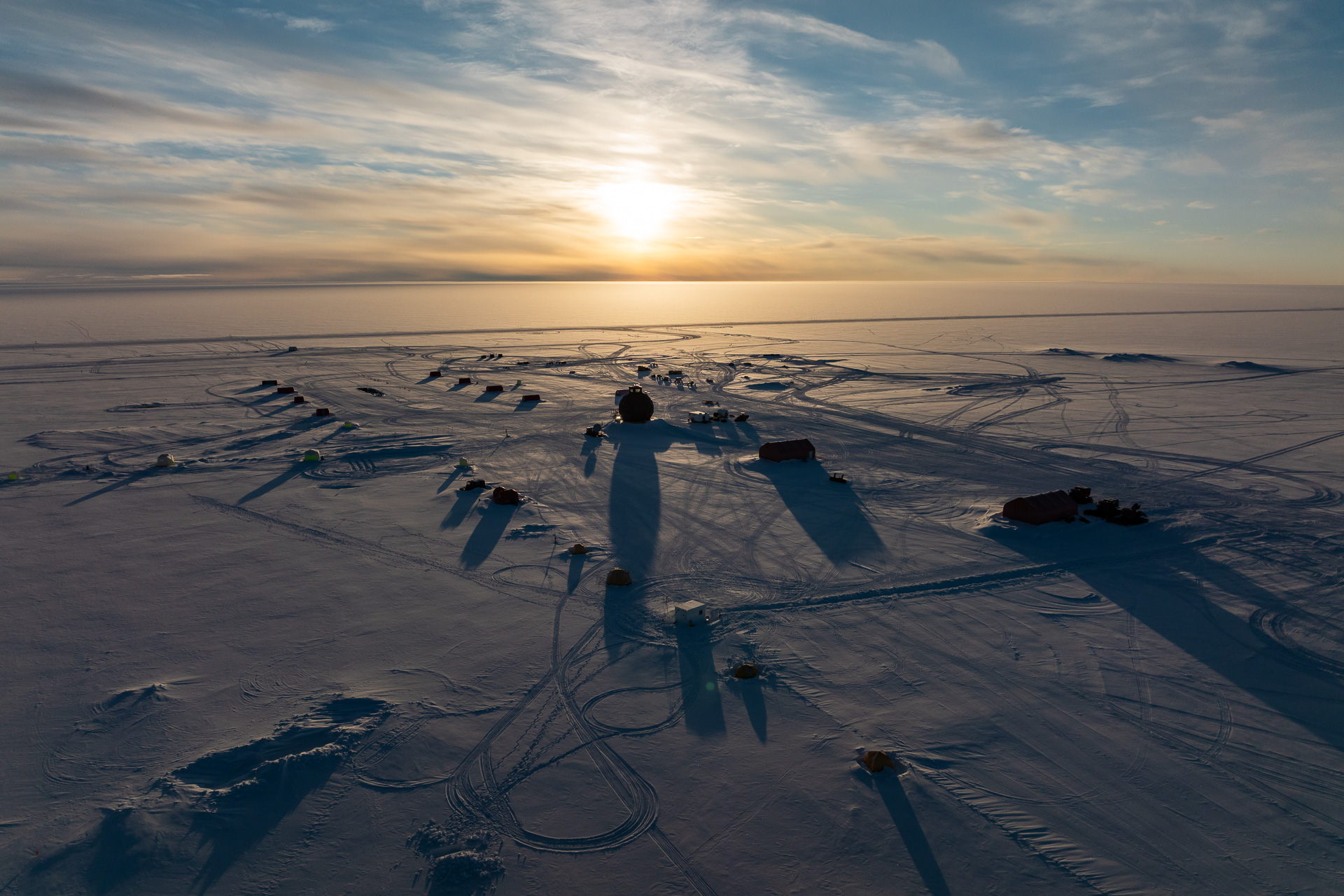Close
Lukasz Larsson Warzecha
Lukasz Larsson Warzecha was born in Poland in 1983 and spent many years working in the United Kingdom before settling in Sweden, where he currently lives. With nearly two decades of experience, he is an accomplished photographer and cinematographer whose work focuses on bridging the gap between science and the public. His visual storytelling brings clarity and emotional impact to complex environmental and research-based topics.
Lukasz’s work is rooted in a deep commitment to science communication. His visual stories address some of the most pressing environmental issues of our time and have been featured in National Geographic, The New York Times, Science Magazine, Oceanographic Magazine, and The Guardian. Through a combination of photography and film, he delivers narratives that are both accessible and compelling to a broad global audience.
In recent years, he has expanded into wider communications roles, collaborating with institutions such as the European Space Agency, the European Commission, and other leading research bodies. His storytelling approach supports scientific outreach by transforming data and research into impactful visual experiences that inform, engage, and inspire.


In 2024, Lukasz created Stories Trapped in Ice—Polar Observations, a large-format exhibition developed in partnership with the European Space Agency. The project visually explored the latest advances in polar science and climate research, inviting public audiences into the world of Earth observation and environmental change. That same year, he spoke at the Impact Equity Forum, hosted by the European Investment Fund, on the role of storytelling in climate awareness.
Earlier, in 2022, he worked as Director of Photography on Lift the Ice, a high-end documentary series that featured scientists such as marine biologist Diva Amon. The series exemplifies his ability to craft visually striking, scientifically accurate narratives that foster public understanding of our changing planet.
FILMS (selection)
– ‘7 Brothers Scientific Expedition – Transnational Red Sea Center’ (Independent Documentary)
– ‘Lift the Ice’ – 6x 1hr Documentary Series (Curiosity Stream, Apple TV+)
– ‘Epic Trails’ – TV series (Amazon Prime, Outside TV)
EXHIBITIONS (selection)
– 2024 September – ‘Stories Trapped in Ice – Polar Observations’ – a collaboration with the European Space Agency | Royal Danish Library, Copenhagen, DENMARK
– 2024 August – ‘Corals of the Red Sea—Bringing Science and Diplomacy Together for the Reefs of Hope’ – Geneva, Switzerland
– 2024 July/September – ‘Art & Science of Water’ – Pater Noster, Sweden
